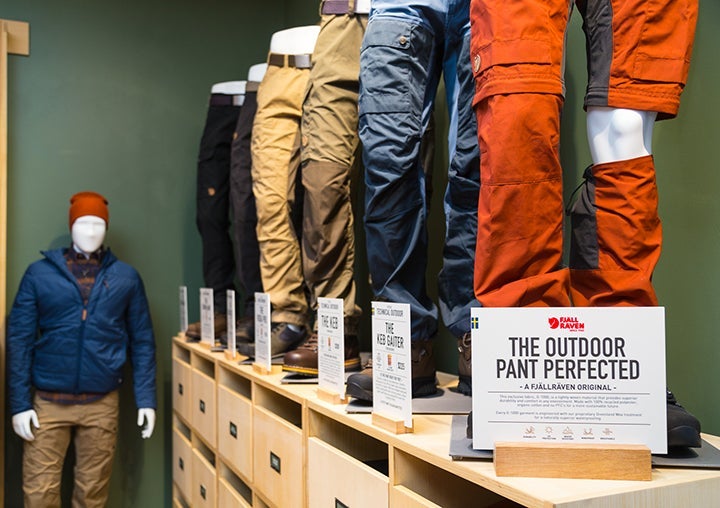At the ����ä������ä����� store in downtown Boulder, Colorado, there’s a message on the window that reads “Join Us For a Trekking Experience Only ����ä������ä����� Can Deliver.” It’s an invitation, in the literal sense, to join 200 or so other ����ä������ä����� customers on hikes in some of the most beautiful backcountry in Colorado. But it’s also a message.
“����ä������ä�����’s mission is to empower people to use the outdoors,” said Joe Prebich, vice president of the brand in North America. It also wants to sell product. It does direct-to-consumer sales via its website, it sells wholesale at places like Nordstrom, and it’s available through outlets like backcountry.com. But like a growing number of specialty brands, it believes that having a brick-and-mortar presence, where people can touch, feel, and see its products—as well as its ethos—is the best way to create brand awareness and loyalty.
The idea of a brand store, of course, is nothing new. L.L.Bean opened its first—a one-room operation—in Freeport, Maine, in 1912. The North Face followed, opening its first brick-and-mortar 50 years later. Patagonia launched its first flagship store in 1973. Early Winters, G.H. Bass and Co., and others went next. Some thrived, others didn’t, all while independent outdoor specialty stores sprouted across the U.S.
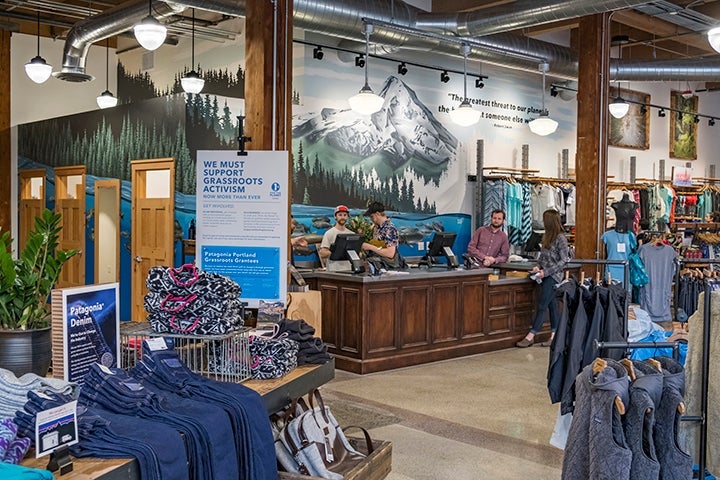
These—including both small mom-and-pops and larger stores like REI and EMS—cranked along until the early 2000s when online stores began to change the retail landscape. By the 2010s analysts were saying online was killing specialty retailers.
But starting in 2012, several more outdoor specialty brands—the likes of Arc’teryx, Teva, Timbuktu, Merrell, GoLite, and others—began launching their own brick-and-mortar locations. Today, dozens more stores have opened—or are setting up shop. The North Face now has 55 retail and 20 outlet locations in the U.S.; Patagonia owns 30 U.S. stores. Toad&Co. (formerly Horny Toad), Arc’teryx, Mammut, and PrAna now have a dozen-plus between them. Even smaller or startup brands—like Snow Peak, Icebreaker, Cotopaxi, MIIR, and the niche ski company Rocky Mountain Underground—have done the same. Each brand we spoke to says some version of “It’s the best way to create community, build relationships, and bring customers into the [insert brand name] fold.”
The Bad and Good of Brand Retail
Virtually all outdoor brands wax about their commitment to supporting independent specialty retail. But some independent shop owners believe the brand store trend poses a direct threat to businesses.

Kevin Rosenberg, whose Gear To Go Outfitters, in Brooklyn, New York, opened in 2009, said, “Online is the biggest killer of specialty retail, but the brand stores aren’t helping us, either.”
It’s especially problematic, he said, when brands discount items yet expect specialty retailers to sell at full retail. He said deep discounts and promotions by some of the outdoor brands he carries played a part in him having to close his shop this month (he’ll still offer sales and rentals at geartogo.com). “And it certainly doesn’t help that Mammut—which we sell—opened a shop [located alongside a bouldering gym] in Brooklyn,” he said.
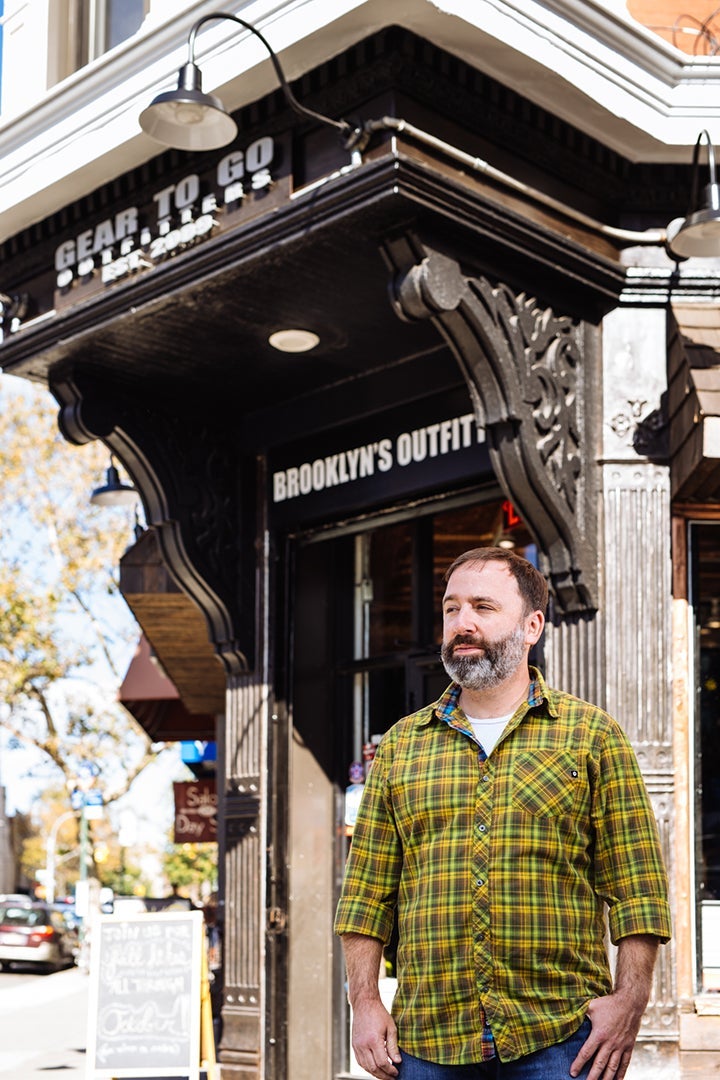
Rich Hill, president of the specialty retailer consortium Grassroots Outdoor Alliance, said a more extreme example of this exists when a particular brand opens a “company store” in a certain location and “literally trucks consumers in to buy things at a steep discount.” He added that this is the exception rather than the rule, however, and that, in actuality, when big brands play nice (by selling their in-season, in-line wares at full-price), they have little effect on independent retailers. Prior to joining the Alliance, Hill worked for many outdoor industry brands including PrAna, Ibex, Patagonia and Marmot—and said that in his career of opening “many brand stores,” he has seen many instances where flagships can open and have a positive impact on overall market.
Hill said Grassroots retailers (there are 63 of them) are naturally going to evolve away from doing businesses with companies that traffic in “unhealthy brand practices” and choose instead to work with brands that are more disciplined about their direct-to-consumer and flagship store sales practices as their products simply sell better. He added that while Grassroots actively monitors brand behaviors and how they impact sales, it’s basic supply-and-demand economics that typically handles the response—an oversupply of discounted product in the market leads to lower demand at speciality retail, which leads to retailers dropping underperforming products and lines.
The Symbiotic Relationship
Dan Mann, president of the retail growth strategy facilitators The Mann Group, agreed that though there’s a feeling that online and brand stores are strong-arming mom-and-pops, it’s misguided.
“Statistically, online [sales are] still less than 10 percent of retail,” he said (Hill says it’s 20 percent). “The fact is that the vast majority of shoppers are doing initial research online, but once they have an idea of what they want, they’ll go somewhere to [physically experience] that item.” He agreed that brand stores actually validate smaller shops that carry their brand because “the [presence of both] are symbiotic.”
To independent specialty shops, the sudden arrival of a brand store “feels like a betrayal, but it’s not,” Mann said. He cited the example of how a former retail store he owned sold Tommy Bahama sportswear. Mann’s store did “very well with Tommy,” so he was “No, no, no!” when a Tommy brand store moved to town. “But it created such credibility, and raised the specter of our business, because the quality is so high. So we actually increased sales of Tommy even with a Tommy store nearby,” he said. “If a [specialty store] can see the relationship as symbiotic, I see that as a good exercise.”
Drew Simmons, founder of Pale Morning Media, who represents outdoor brands like Buff, Deuter, Farm to Feet, and Flylow said, “The single-best way to build a brand is to focus on the retail experience. In the outdoor industry, this is a well-known maxim, and we’ve all benefited from three decades of superior retail experiences. Retail has built the biggest brands of the outdoor industry. All the ads and social media and PR in the world can’t compete with the personal brand endorsement from a great retailer to an interested consumer.”
Simmons acknowledged that brand-owned stores, because they own their entire retail experiences, have the opportunity to control that “super powerful moment” of connection that builds a brand as well as long-term consumer loyalty. “Strengthening the brand within a controlled environment can benefit sales in all channels—online, wholesale, etc. But if you’re using your controlled environment [brand store] as a discount warehouse, or an employee store for corporate clients, it’s not just a missed opportunity, it’s a step backward.”
Third Place Theory
For brands, forking over money to erect flagship stores is an investment in fortifying loyal customers, and they’re often building on the base they have established online. But opening a brick-and-mortar comes at an exceptionally high cost.
“When you look at the U.S., and distribution in general, especially in the past 20 years, major metro areas have priced themselves out of reach for most independent retailers,” said Hill. These underserved markets are a great opportunity for brands to connect with a vast number of consumers and build awareness. And there are other benefits for brands by opening brick-and-mortar shops—a newfound retail wisdom. “They develop better merchandising, signage, and training tools, as well as learn directly from consumers about what works and doesn’t,” said Hill. Brand stores also allow customers to become intimately acquainted with a brand and its core values.
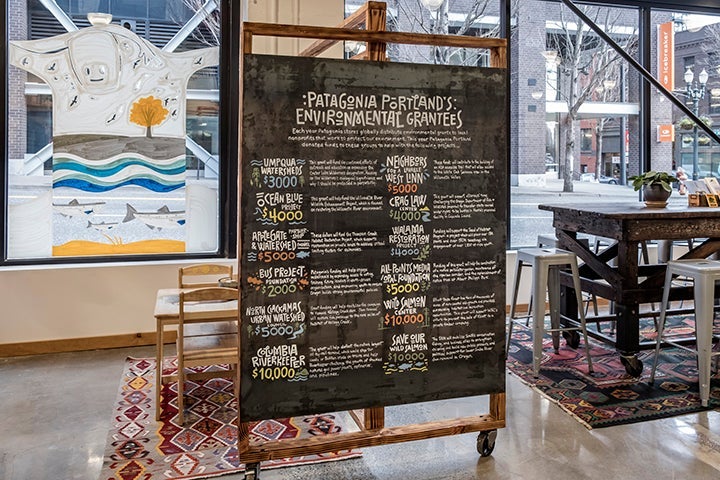
Perfect examples: Patagonia considers its 30 stores to be hubs for environmental activism. PrAna offers free yoga classes every day at each of its seven locations. The North Face encourages people to “Never Stop Exploring” in its stores. And Cotopaxi, which started online in 2013 and now has two retail stores in Utah, pushes the idea of “global giving” through three “pillars” of grant creation “inextricably linked and crucial to creating a sustainable pathway out of poverty.”
For other brands, ideology is less explicit. MIIR launched its first growler on its website and the product sparked the idea for a flagship store shortly thereafter. “The [Seattle] store happened organically,” said MIIR founder and CEO Bryan Papé. “We needed new office space, and with the growler, we joked that we should have taps people could access.” That grew into a store with a tap room, company shop, retail, and events space that opened in 2015.
Companies that believe in the brand store model feel that having these physical presences not only grows their customer bases by introducing new people to their brand, but it also gives loyal customers a place to come to immerse themselves in the brands’ ethos. MIIR said they’re approaching profitability after just two years in existence, and ����ä������ä����� was successful enough in its first Boulder store (with 900 square feet) that it opened a new 3,500-square-foot store in 2016.
Mountain Khakis opened its first store in Jackson, Wyoming, in 2016 and has just opened a second in Denver, Colorado. “We’ve looked forward, since 2003, to the day that we could really exercise the brand vibe and experience in a one-on-one manner,” said Jen Taylor, director of creative development. She hopes the Denver store will be the first place locals will bring a friend after picking them up at the airport and before they embark on an adventure.
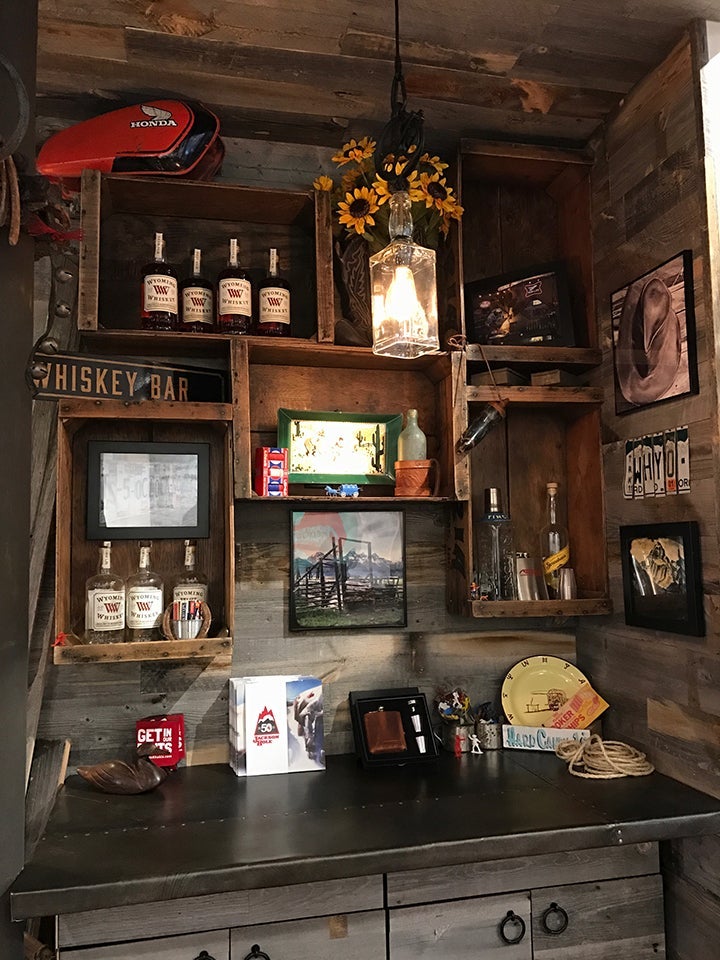
Once inside, they can “belly up” to the store bar and sip a Wyoming Whiskey (VIPs only). The idea, said Taylor, is to bond with consumers. “We’re creating memories, and the store is a home for that.”
“It’s ‘Third Place’ theory,” she added, created by the urban sociologist Ray Oldenburg. He believed in the importance of free or inexpensive public gathering spaces that are highly accessible and involve “regulars.” “It’s what Starbucks was developed around, and Cheers,” said Taylor. “Your first place is your home, your second place is your work, and your third place is where you go to recalibrate.”
Forging a New Retail Relationship
Third Place Theory may seem heady for outdoor retail. But brands are exploring all ways to make themselves more accessible, relevant, and profitable. Last year, Toad&Co. approached the owners of Vital Outdoors, a small shop in Golden, Colorado. The two entities forged an agreement in which Vital’s owners Simona and David Livingston would keep their shop and open a Toad&Co. branded store across the street. Vital Outdoors was unavailable to comment for this story, but Toad&Co’s vice president of global sales Scott Whipps said, “Vital is a key, longtime retail partner with Toad&Co. When we discussed the idea of [co-opening], everyone’s heads were nodding.”
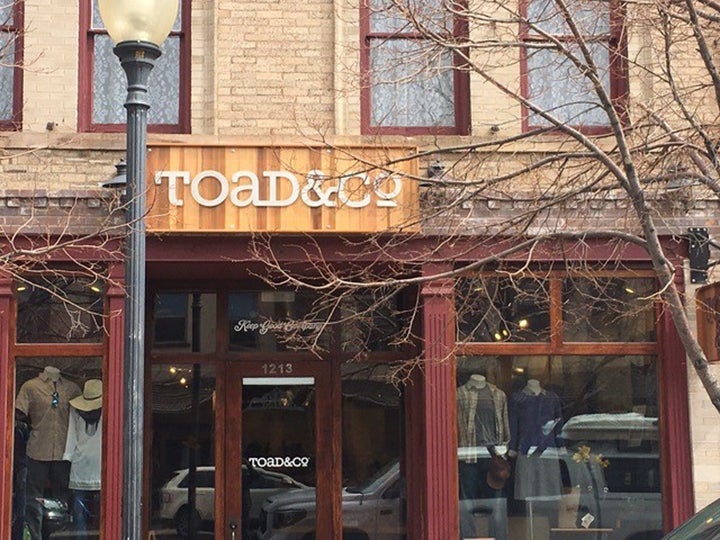
Flash forward, and now Vital owns “the store, the lease, everything associated with being operational,” said Whipps, while Toad&Co.’s investment was in “building out the look, feel, and experience within the store so it represents who we are as a brand.”
The new store “feels very Toad,” said Whipps, with an “old-school map of the Golden area and the Front Range behind it, that calls out things like close-proximity trails, key coffee shops, and breweries. To us, that adds to our value. And we really believe combining forces will be a successful long-term strategy.”
Dan Mann would approve of the relationship. “In general, a lot of manufacturers are opening brand stores because they believe they can do [retail] better,” he said. But the Vital/Toad&Co. relationship allows the brand to oversee messaging and the retailer to leverage its local knowledge, consumer understanding, and longtime relationships.
In a landscape that will likely continue to be challenging for brick-and-mortar stores to survive, it seems any and all innovation to keep it alive is crucial.
Tracy Ross is a National Magazine Award winner and the author of . She is currently at work on her next book, about a young woman who disappeared in Nepal.


